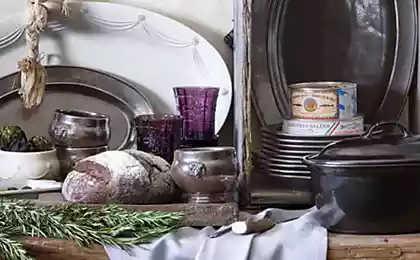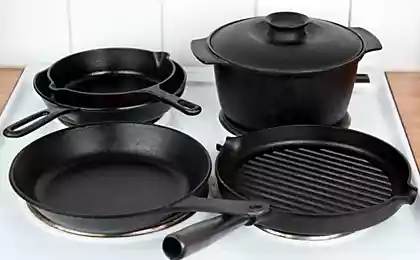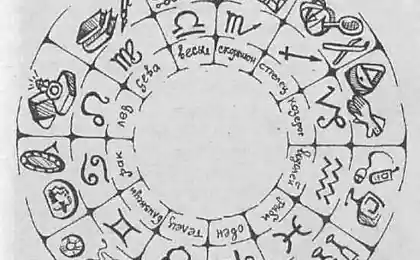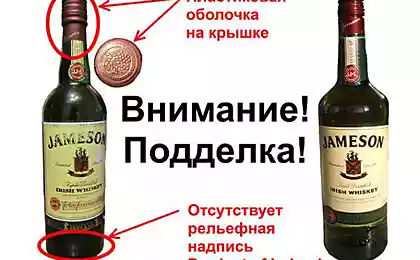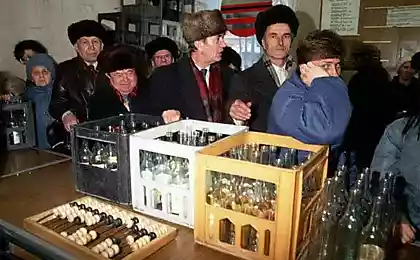162
Why did the USSR produce trihedral bottles and what was the reason for the choice of such an unusual shape?
It so happens that the most ordinary household items can tell an amazing story about the time of their creation. Readers from the USSR probably remember milk bags-pyramids, which were nicknamed “triangles”. Will anyone remember the unusual three-sided bottles that were once in every kitchen?
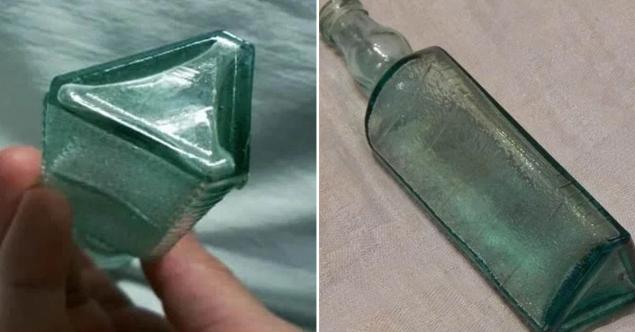
Any deviation from the generally accepted standard is fraught with additional difficulties and financial losses. For example, the triangular packages of the Tetra Pak company, beloved by Soviet citizens, were used in Sweden for only 7 years. As it turned out, the inconvenience of packing them in rectangular boxes greatly increased transportation costs.

So why did the USSR produce trihedral bottles and what was the reason for the choice of such an unusual shape? The solution lies in the composition of the liquid for which the unusual container was intended. In triangular bottles in the USSR poured vinegar essence.
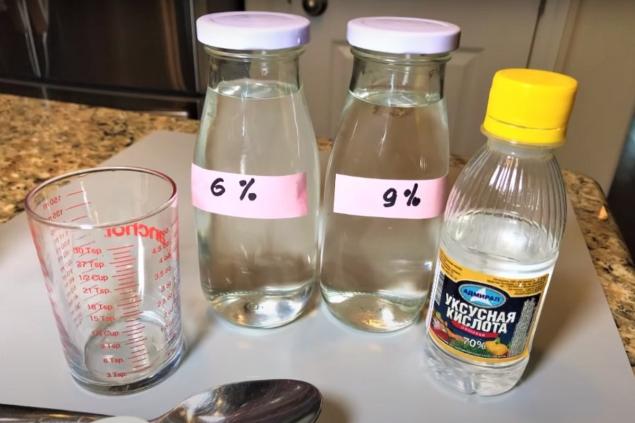
Recall that 100% acetic acid (also called ice) is a product of distillation of fermented juices and wines. An aqueous solution of this acid (70-80%) is called acetic essence, and an acidic liquid with a concentration of 3-15% is a well-known table vinegar.
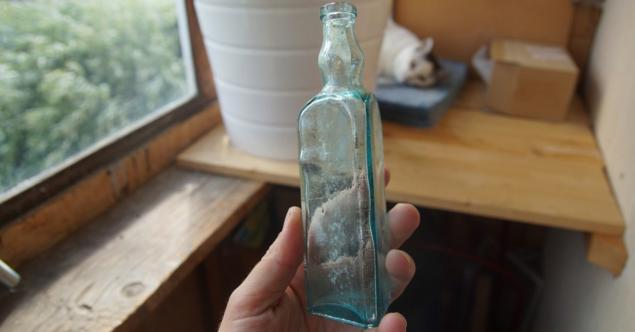
If the acetic essence for some reason gets inside the body, it can lead to burns of the mucosa. After the war in the Soviet Union there were a lot of cases when people confused bottles and drank vinegar essence. To protect citizens from dangerous accidents, vinegar essence was poured into a special trihedral container.
To confuse such a bottle with another was difficult even in the dark. Plus, the triangle is a rigid figure. A bottle of thick glass with three faces was difficult to break. A triangular bottle at the base will not even accidentally roll off the table. This means that the probability of accidentally spilling acetic acid on the skin and getting burns decreases significantly.

In addition to the trihedral shape, bottles for acetic essence were distinguished by the presence of special strips on the faces. Measured divisions helped the hostess to manually breed the vinegar essence into ordinary table vinegar, mixing with water. Each small strip on the edge corresponded to 0.1 liters. Each large one is 0.5 liters.
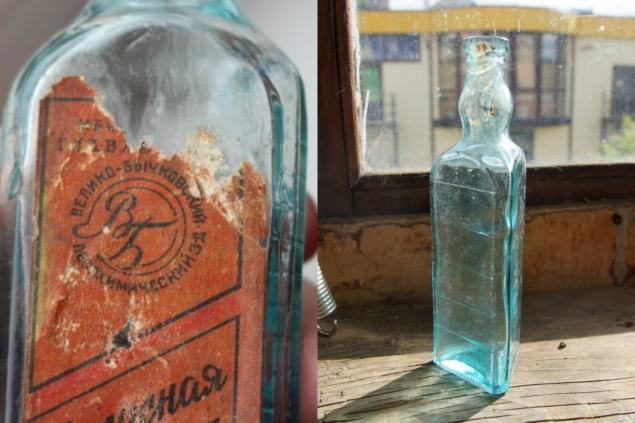
So, the well-thought-out shape of the bottles helped take care of the safety of people and simplified the breeding of vinegar essence by the hostess. By the way, the unusual triangular bottles, as it turned out, have a godfather. On the release of the acetic essence in such a container at one time insisted an outstanding doctor and creator of the capital ambulance Alexander Sergeyevich Puchkov. Did you have triangular bottles in your kitchen? And did you know the secret to this shape?

Any deviation from the generally accepted standard is fraught with additional difficulties and financial losses. For example, the triangular packages of the Tetra Pak company, beloved by Soviet citizens, were used in Sweden for only 7 years. As it turned out, the inconvenience of packing them in rectangular boxes greatly increased transportation costs.

So why did the USSR produce trihedral bottles and what was the reason for the choice of such an unusual shape? The solution lies in the composition of the liquid for which the unusual container was intended. In triangular bottles in the USSR poured vinegar essence.

Recall that 100% acetic acid (also called ice) is a product of distillation of fermented juices and wines. An aqueous solution of this acid (70-80%) is called acetic essence, and an acidic liquid with a concentration of 3-15% is a well-known table vinegar.

If the acetic essence for some reason gets inside the body, it can lead to burns of the mucosa. After the war in the Soviet Union there were a lot of cases when people confused bottles and drank vinegar essence. To protect citizens from dangerous accidents, vinegar essence was poured into a special trihedral container.
To confuse such a bottle with another was difficult even in the dark. Plus, the triangle is a rigid figure. A bottle of thick glass with three faces was difficult to break. A triangular bottle at the base will not even accidentally roll off the table. This means that the probability of accidentally spilling acetic acid on the skin and getting burns decreases significantly.

In addition to the trihedral shape, bottles for acetic essence were distinguished by the presence of special strips on the faces. Measured divisions helped the hostess to manually breed the vinegar essence into ordinary table vinegar, mixing with water. Each small strip on the edge corresponded to 0.1 liters. Each large one is 0.5 liters.

So, the well-thought-out shape of the bottles helped take care of the safety of people and simplified the breeding of vinegar essence by the hostess. By the way, the unusual triangular bottles, as it turned out, have a godfather. On the release of the acetic essence in such a container at one time insisted an outstanding doctor and creator of the capital ambulance Alexander Sergeyevich Puchkov. Did you have triangular bottles in your kitchen? And did you know the secret to this shape?
The husband sent his wife to a friend, but she hid on the balcony and found out a secret that she should not have known.
Pavel Globa asks neighbors not to borrow anything in December, so you can lose your love and happiness

